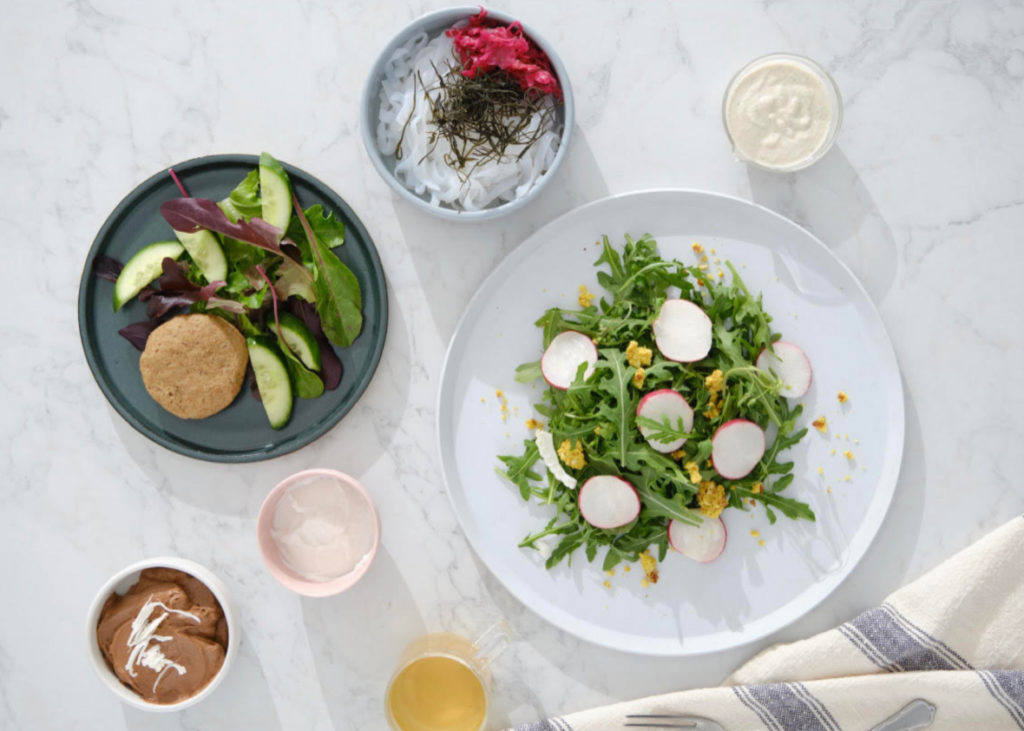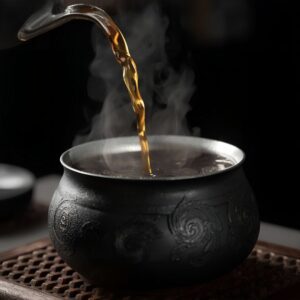
PORIA (Fu Ling) Mushroom: Boosts Digestion, Balance Energy, Support Spleen
There are herbs and mushrooms that make waves in the

Kick-start, energise, rejuvenate
All carefully planned and prepared to help nourish, reset and rejuvenate the body and mind.

As the days grow shorter and the air becomes crisp, autumn invites us to embrace introspection and balance. Rooted in traditional philosophies like Chinese medicine, macrobiotics, and Japanese Kampo medicine, autumn is considered the Metal season. This element governs the lungs and large intestine, organs closely tied to physical and emotional health. During this season, focusing on nourishing these organs, addressing dryness, and resolving emotions such as grief and sadness that may surface is essential.
In traditional Chinese medicine (TCM), the Metal element symbolizes clarity, structure, and the ability to let go—much like trees shedding leaves. The lungs, as the “tender organ,” are particularly vulnerable during this season due to the dry and cool air, which can cause imbalances such as dryness in the skin, throat, and respiratory system.
Emotionally, the lungs are associated with grief and sadness. Autumn provides an opportunity to reflect, release unresolved emotions, and create space for new energy. Just as nature transitions, we too can embrace this time to let go of what no longer serves us—physical clutter, emotional baggage, or unhealthy habits.
Dryness is a hallmark of the autumn season, and it can manifest in the lungs, skin, and overall vitality. Here’s how to counteract it:
Incorporate nuts, seeds, and oils like flaxseed and sesame to combat dryness and support skin health, which is closely linked to lung vitality.
3. Pungent Foods
In Eastern Medicine, the mental season is associated with the lungs and large intestine, which are vulnerable to dryness and stagnation during autumn. Pungent foods—those with a spicy, aromatic quality—are particularly beneficial this time of year.
Pungent foods stimulate circulation and apparent stagnation and help move energy upward and outward, which is essential for lung health. They also assist in breaking up mucus, promoting detoxification, and protecting the body from seasonal colds and respiratory issues.
4. Mucilaginous foods
Mucilaginous foods are those that become gel-like when mixed with water. These foods are incredibly soothing and protective for the respiratory and digestive systems, making them ideal for autumn. They:
These foods help to lubricate the lungs and intestines, ensuring that tissues remain moist and free from irritation. When consumed, they form a gel-like consistency that creates a protective barrier along the gut and respiratory tract. This barrier not only aids in promoting healing but also soothes inflammation, providing relief for dryness-related discomfort. Furthermore, mucilaginous foods play a key role in maintaining skin hydration and elasticity, offering nourishment that helps the body adapt to the seasonal changes.
Foods like wakame, nori, and kombu are rich in minerals and have a mucilaginous texture that soothes the lungs and digestive system.
Add them to miso soup or broths for a hydrating and nourishing meal.
Known for its slimy texture, okra is excellent for lubricating the lungs and intestines. Sauté it lightly or add it to stews, or slice finely and eat raw.
When soaked, these seeds form a gel-like substance that soothes the digestive tract and supports hydration.
Use them in smoothies, porridges, or as a topping for yogurt or desserts.
Known for its cooling and hydrating properties, aloe vera is a powerful mucilaginous food. Drink aloe vera juice or add it to smoothies for a lung-soothing boost.
The lungs are deeply tied to emotional well-being, particularly grief and sadness. Suppressed emotions can weaken lung function, while addressing and resolving these feelings can enhance vitality.
Grief can feel isolating, but sharing your experiences with trusted friends, family, or support groups can be profoundly healing. Autumn is a time to nurture meaningful connections while honouring the introspective energy of the season.
Practices like yoga, tai chi, or qigong can help release stagnant energy, improve circulation, and strengthen the lungs. These movements also provide an opportunity to connect with the rhythm of your breath.

Here are a few holistic practices to align your body, mind, and spirit with the Metal season:
PRODUCTS HELPFUL IN THIS SEASON

There are herbs and mushrooms that make waves in the

Few herbs are as revered in Traditional Chinese Medicine (TCM)

For centuries, He Shou Wu (何首乌), also known as Fo-Ti
Copyright Shoku Iku © 2024 | All Rights Reserved.
The statements on this website have not been evaluated by the TGA or FDA. These products are not intended to diagnose, treat, cure or prevent any disease.
Sign up to receive your discount.